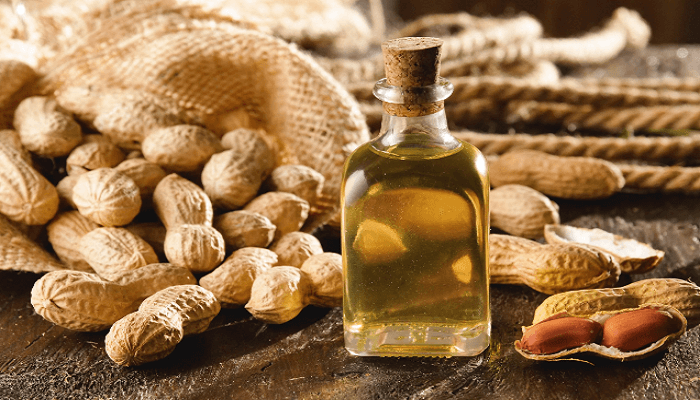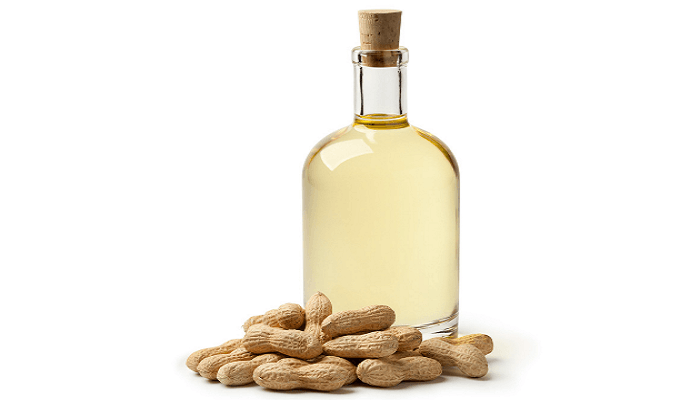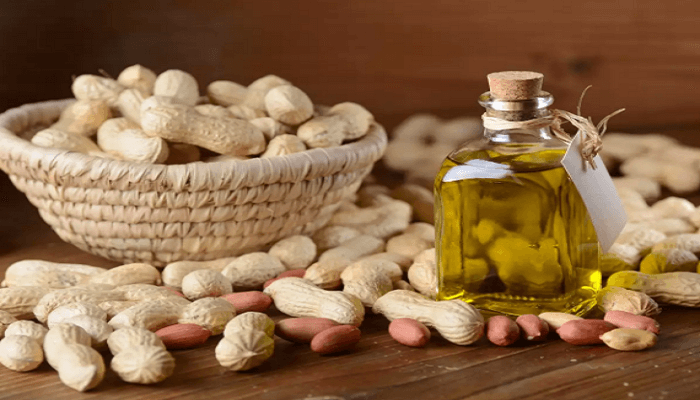Why is Peanut Oil So Expensive – As a popular oil for cooking and frying, peanut oil is often used in many cuisines worldwide. However, compared to other vegetable oils, peanut oil is generally more expensive.
So, why is peanut oil so expensive? In this article, we will explore the 11 reasons behind the high cost of peanut oil.
What is Peanut Oil?

Before we dive into the reasons for its high cost, let’s first understand what peanut oil is.
Peanut oil, also known as groundnut oil, is a vegetable oil extracted from peanuts. It is commonly used in cooking, frying, and baking due to its high smoke point, which is the temperature at which the oil begins to smoke and break down.
Peanut oil has a mild nutty flavor, making it a popular choice for Asian, African, and American cuisines. It is also rich in healthy fats, vitamin E, and antioxidants, making it a healthier option compared to other vegetable oils.
What is Special About Peanut Oil?

Aside from its unique flavor and health benefits, there are other factors that make peanut oil special.
- High Smoke Point: As mentioned earlier, peanut oil has a high smoke point, which means it can withstand high temperatures without breaking down and producing harmful chemicals.
- Versatile: Peanut oil can be used for different cooking methods, including frying, roasting, and baking.
- Nutty Flavor: Peanut oil’s mild nutty flavor adds a unique taste to dishes and is often used in many Asian and African cuisines.
- Healthy: Peanut oil is a good source of healthy fats, vitamin E, and antioxidants that can benefit heart health, reduce inflammation, and lower the risk of chronic diseases.
Why is Peanut Oil So Expensive? 11 Reasons Explained

Now, let’s get to the main question: Why is peanut oil so expensive? Here are 11 reasons explained:
- Limited Production: Compared to other vegetable oils, peanut oil has limited production due to the small size of the peanut crop. This limited supply makes the oil more expensive.
- High Demand: Despite its limited production, peanut oil is in high demand due to its unique flavor and versatility, making it more expensive.
- Climate Change: Climate change can impact peanut crops, leading to lower yields and higher production costs. This can also affect the price of peanut oil.
- Labor Costs: The production of peanut oil requires labor-intensive processes, such as harvesting, cleaning, and pressing. This can increase production costs and make the oil more expensive.
- Transportation Costs: As peanut oil is produced in different countries worldwide, transportation costs can add up, especially if the oil is imported from long distances.
- Processing Costs: The production of peanut oil requires various processes, including cleaning, shelling, pressing, and refining, which can increase production costs.
- Quality Standards: To ensure the quality of peanut oil, many countries have strict quality standards and regulations. Meeting these standards can increase production costs and make oil more expensive.
- Packaging Costs: The packaging of peanut oil also adds to the production costs. High-quality packaging materials, such as glass or food-grade plastic, can increase the price of the oil.
- Brand Reputation: The reputation of the brand that produces peanut oil can also affect its price. High-end brands with a good reputations often charge more for their products.
- Export and Import Tariffs: Export and import tariffs can also impact the price of peanut oil. For example, if a country imposes high tariffs on imported peanut oil, the price may increase.
- Market Competition: Market competition can also affect the price of peanut oil. If there are fewer producers and high demand, the price may increase. On the other hand, if there are many producers and low demand, the price may decrease.
Who Produces the Most Peanut Oil?

Peanut oil is produced in many countries worldwide, but the top producers are:
- China: China is the world’s largest producer of peanut oil, accounting for more than 40% of global production.
- India: India is the second-largest producer of peanut oil, accounting for around 25% of global production.
- United States: The United States is the third-largest producer of peanut oil, accounting for around 7% of global production.
- Argentina: Argentina is the fourth-largest producer of peanut oil, accounting for around 6% of global production.
What Are the Disadvantages of Peanut Oil?

While peanut oil has many health benefits, there are also some disadvantages to consider.
- Allergies: Peanut oil can cause allergic reactions in people with peanut allergies, which can be life-threatening.
- High in Calories: Peanut oil is high in calories, which can contribute to weight gain if consumed in excess.
- Low in Nutrients: Compared to other vegetable oils, peanut oil is low in nutrients, such as omega-3 fatty acids and antioxidants.
- Unhealthy Processing: Some brands of peanut oil use unhealthy processing methods, such as hydrogenation, which can produce harmful trans fats.
Conclusion
Peanut oil is a versatile and healthy cooking oil that is widely used in many cuisines worldwide. However, due to its limited production, high demand, and various production costs, peanut oil is generally more expensive compared to other vegetable oils.
Additionally, it is essential to consider the potential disadvantages of peanut oil, such as allergies, high calories, low nutrients, and unhealthy processing.
In summary, while peanut oil can add unique flavor and health benefits to dishes, it is important to weigh the cost and potential risks before incorporating it into your diet.